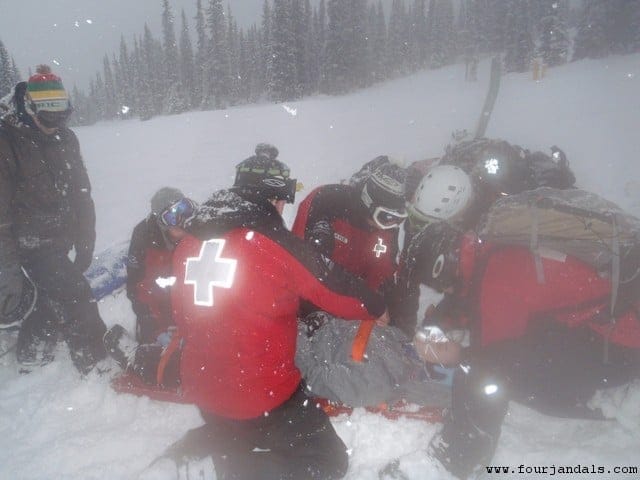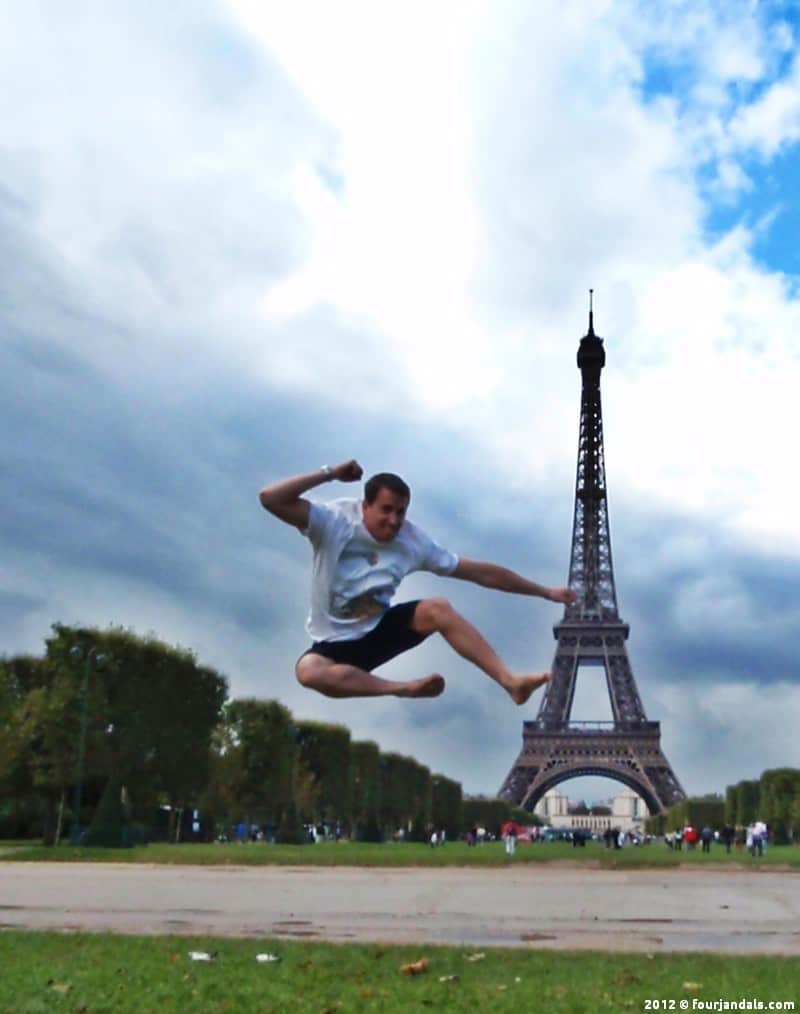After more than 3 years on the road we have had more “that was the best day of my life” days than we can count. And more “I am NEVER going to do that ever again” days than we care to remember.
Over 30 countries through more than 5 continents has tested us to our absolute limits. Physically and emotionally. Individually and as a travelling couple.
After so long on the road, we have learnt a thing or two about travelling and about ourselves. These are our 50 lessons learnt from travelling the world. And while they may not relate to everyone, you may just learn something to help you on your next adventure.
50 lessons learnt from travelling the world
- Jandals are the only travel necessity you need.
- Lack of food while travelling makes for a very angry Cole.
- Lack of sleep while travelling make for a very angry Adela.
- War and politics may divide countries and people. Yet somehow travelling makes these problems disappear.
- Travelling as a couple has made our relationship stronger.
- It is okay to say no to things that you don’t want to do.
- Jasper National Park is nearly more beautiful than New Zealand.
- Anyone can do adventurous travel activities. You just need the willpower.
- Travel should be done as slowly as possible. Where feasible.
- As we get older, we appreciate a little more luxury.
- Adela definitely doesn’t like caving.

- Flights at the crack of dawn are always the cheapest. Because they suck.
- Overland travel is so much easier than flying.
- You should NEVER kiss a snake in Marrakech.

- And travelling sick sucks. You need to stay healthy at all costs.
- Airport currency exchange counters give you terrible rates.
- Australians are everywhere. And contrary to popular belief, New Zealand is NOT a part of Australia.
- Hindsight when travelling is a wonderful idea.
- Sunrises are worth waking up early for. Always.

- You should travel for a reason. Not just so say that you can say that you have travelled to the next “popular” destination.
- You should change your plans just so you can eat a local food delicacy.
- Working overseas while you are travelling allows you to travel longer.
- It is okay to request timeouts while travelling as a couple. Timeouts even work when stuck beside each other in a car driving across Canada and USA.
- Las Vegas really is an adults version of Disneyland.
- Get naked if the locals are naked so that you fit in with them.
- Skype is the worlds best invention for keeping in touch with family and friends.
- McDonald’s are everywhere. But we will only enter one to use their bathroom.
- Peeing in squat toilets is really hard. Prepare to get your feet wet the first few times.
- Street food is tastier and so much cheaper compared to touristy restaurants.

- Learning a tiny bit of the local language can get you so much respect in a new culture.
- It is not okay to stereotype people based on their race, religion, accent or the way they dress, before you get to know them. No matter how many times the stereotype turns out to be right.
- Cute Highland Cows will make the toughest or grumpiest person in the world smile.

- International media are often wrong. Most places they deem “unsafe” are, in fact, very safe.
- Amsterdam is a crazy place. But there is more to it than smoking weed and visiting peep shows.
- If travelling as a couple, make time for “date nights”.
- You need to have travel insurance. Especially if you are Adela.

- Exercise and routine can be important while travelling.
- So is sitting back on a beach and relaxing for the day.
- Travelling should make you open your eyes to change.
- When you are not looking for a toilet, they are everywhere. When you are busting, you will never find one.
- And paying for toilets will never become less annoying.
- No matter how much you have learnt about the Pyramids in Egypt, they will blow your mind in person.
- The more you travel, the more places and adventures we continue to add to our dream list.
- You should tear up your bucket list. Instead, live in the here and now.
- The Roman Colosseum is probably the coolest structure in the world.

- Couples should have to travel together before they get married.
- We prefer exploring adventures by ourselves, rather than on group tours.
- Jumping photos make pictures so much cooler.

- Nowhere is quite like home. But that is why you should travel the world.
- If something is holding you back from seeing the world. Quit doing that thing. Nothing should stop you from travelling.









